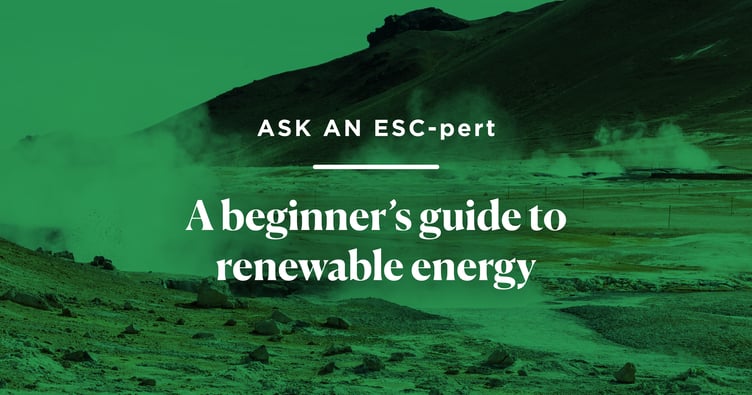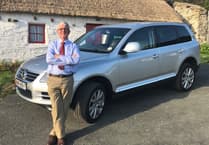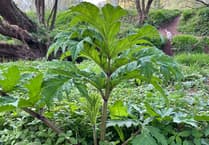With interest in renewable energy growing week by week, here’s the third (and very timely) article in our series on this important subject from experts at ESC (Energy & Sustainability Centre IOM).
Marine energies
This is where the power of naturally moving water in the seas and oceans to generate electricity from waves, tides and other currents. This video shows an example of how tidal energy works.
There are currently several difficulties with marine energies, including high cost, size limitations and the harsh marine environment. It is yet to be seen whether these difficulties will be overcome but at present the economics do not look favourable for the Isle of Man. As an aside, nuclear power has similar issues of cost, in addition to the time it takes to plan and build a reactor and how to deal with radioactive waste.
Geothermal
Geothermal energy is based on natural underground heat which increases slowly with depth. Some types of heat pumps utilise shallow geothermal energy to keep buildings warm in the winter and cool in the summer. On a larger scale, power stations can tap into thermal energy using boreholes in unusually hot areas of the world such as Iceland. Learn more about geothermal power stations here. Unfortunately, the Isle of Man has little potential for this type of technology (click here to understand why).
Bioenergy
This is produced by burning naturally occurring organic materials such as wood, straw, manure and bio-gas (methane from decomposition of organic materials) to produce heat or electricity or both. Solid organic materials – given the general term biomass – can be burnt in energy-from-waste facilities such as the one on the Isle of Man. Most bioenergy schemes result in carbon dioxide emissions but these have previously been extracted from the atmosphere by plants and so the process can be regarded as sustainable if the biomass is produced nearby.
Biomass can also be used to produce liquid fuels like ethanol and bio-diesel which could be used in ‘hard-to-electrify’ transport sectors such as aviation and shipping.
The main disadvantage with biomass is related to scale. Large amounts of land would be needed to produce sufficient biomass to power a society, in the case of the Isle of Man several times greater than its surface area! Most land is better used for producing food or for sustaining nature.
Click here to watch a video which explains more about bioenergy.
Learn more from the ESC-perts!
Want to see a vision of what the Isle of Man might look like if it became self-sufficient in renewable energy? Then take a look at these animated videos created as part of Zurich on the Isle of Man’s sponsorship of ESC. The ‘Net Zero Island’ videos show ESC’s vision of what the Island could look like if we all help to make the transition to a net zero future. Click here to watch the first video about future power – and here for the second video on future homes.





Comments
This article has no comments yet. Be the first to leave a comment.